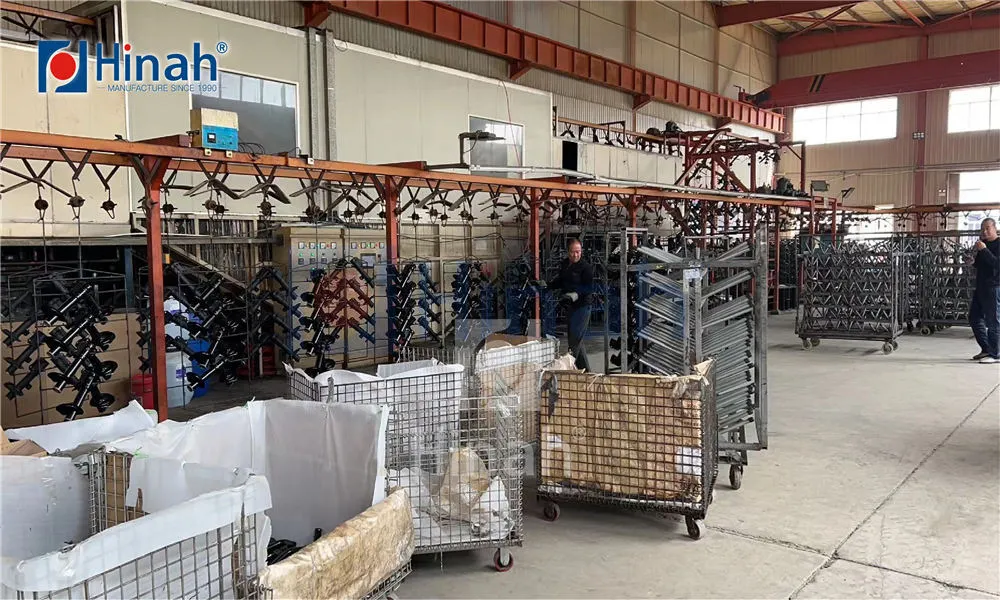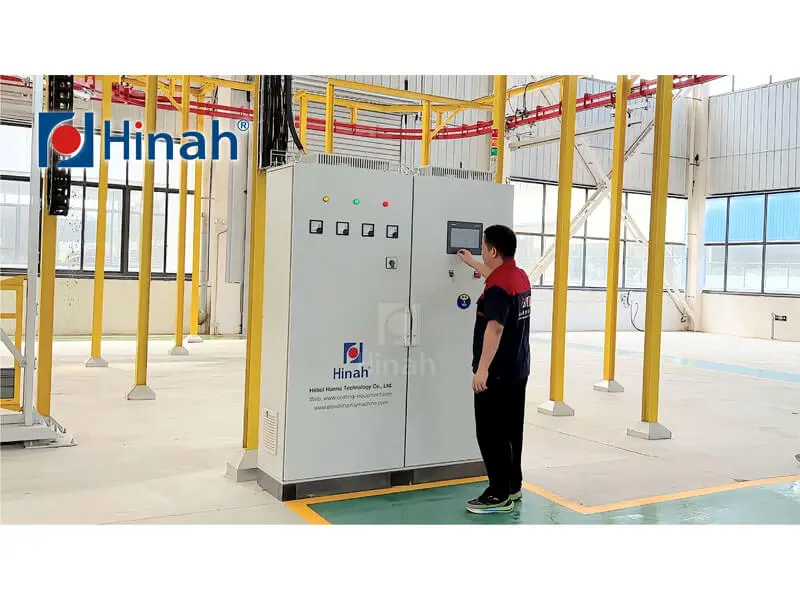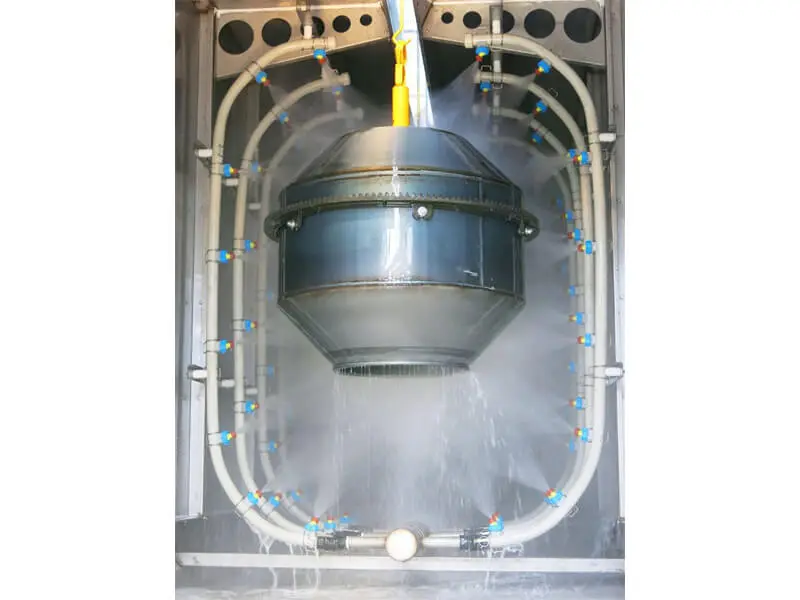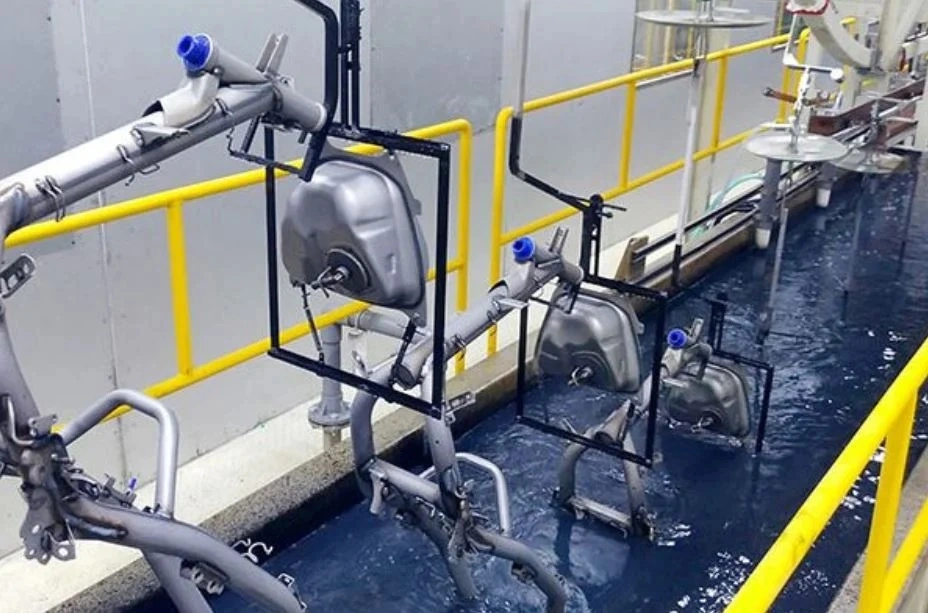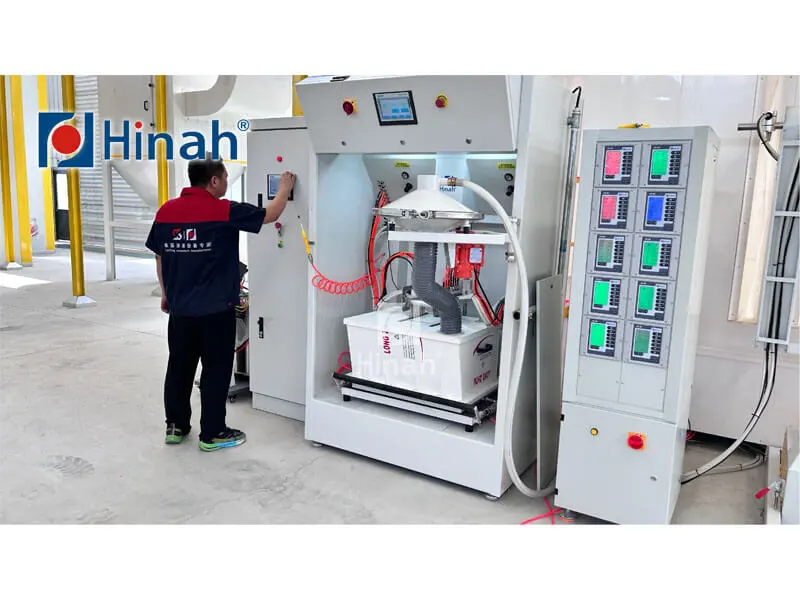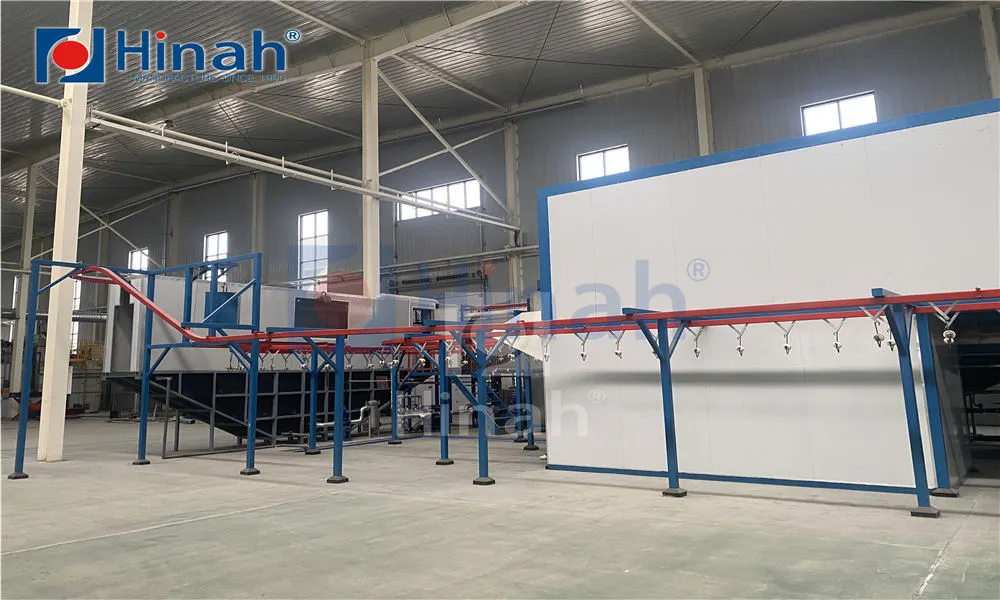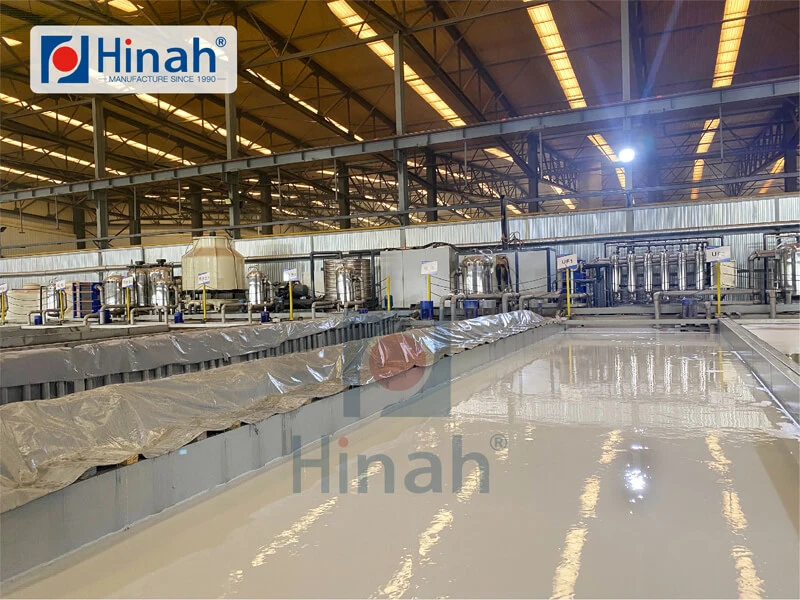In the world of industrial manufacturing and metal fabrication, the finish of a product is just as critical as its structural integrity. A superior finish protects against corrosion, enhances aesthetic appeal, and significantly extends the product's lifespan. For businesses seeking a high-quality, durable, and environmentally conscious solution, investing in a powder coating plant represents a transformative step. This comprehensive article delves into the inner workings, benefits, and common considerations of setting up and operating a modern powder coating plant.
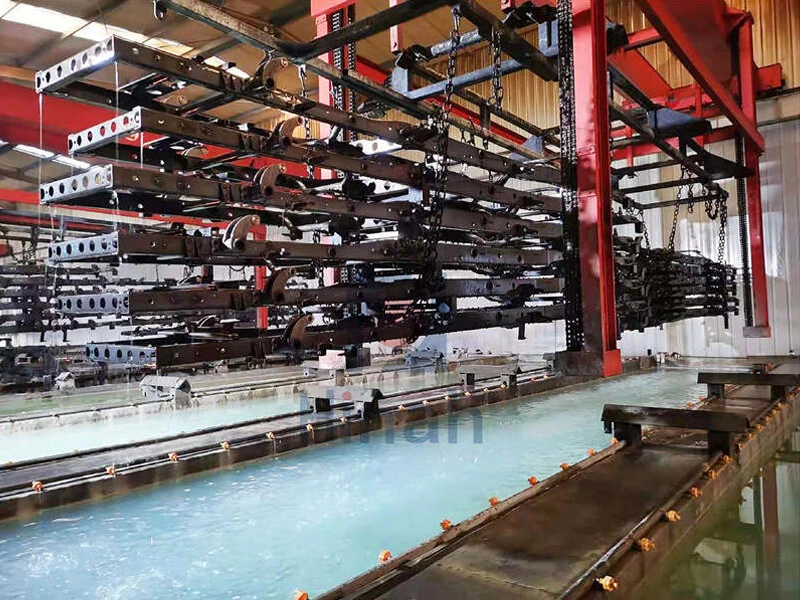
What is a Powder Coating Plant?
At its core, a powder coating plant is a complete, integrated system designed to apply a dry finishing process to metal substrates. Unlike traditional liquid paints, which require solvents to keep the binder and filler parts in a liquid suspension, powder coating utilizes a finely ground mixture of pigment and resin that is electrostatically charged and sprayed onto a surface. The coated object is then heated in a curing oven, where the powder chemically reacts to form a hard, durable, and uniform "skin."
A typical powder coating plant is more than just a spray booth and an oven. It is a carefully engineered sequence of stages, each crucial for achieving a flawless final product. Understanding these components is essential for anyone considering this finishing method.
The Core Components of a Modern Powder Coating Line
A fully operational powder coating plant consists of several key zones arranged in a logical, linear workflow.
Pre-Treatment Stage: This is arguably the most critical phase for ensuring coating adhesion and longevity. The metal parts must be meticulously cleaned and prepared. Pre-treatment often involves a multi-stage wash system, which may include:
Cleaning: Alkaline or acidic cleaners remove oils, grease, dirt, and other contaminants.
Rinsing: Multiple rinse stages ensure all cleaning chemicals are completely removed.
Surface Conversion: A phosphate or chromate coating is applied to the metal. This layer inhibits corrosion and dramatically improves the powder's ability to bond to the surface.
Final Rinsing: A deionized water rinse is often used to prevent water spots.
Drying Off: After pre-treatment, parts must be thoroughly dried before the powder is applied. This is typically done using a blow-off station or a dedicated drying oven.
Powder Application Booth: This is where the electrostatic magic happens. Inside the booth, automated or manual spray guns charge the powder particles, which are then attracted to the electrically grounded part. Overspray powder is contained within the booth. Modern plants often feature a powder recovery system that collects this overspray, filters it, and allows it to be reused, achieving very high transfer efficiencies—often over 95%.
Curing Oven: After application, the parts are transferred to a curing oven. Here, they are heated to a specific temperature (typically between 350°F and 400°F or 177°C and 204°C) for a set amount of time. This heat causes the powder particles to melt, flow together, and chemically cross-link, forming the final solid, continuous film.
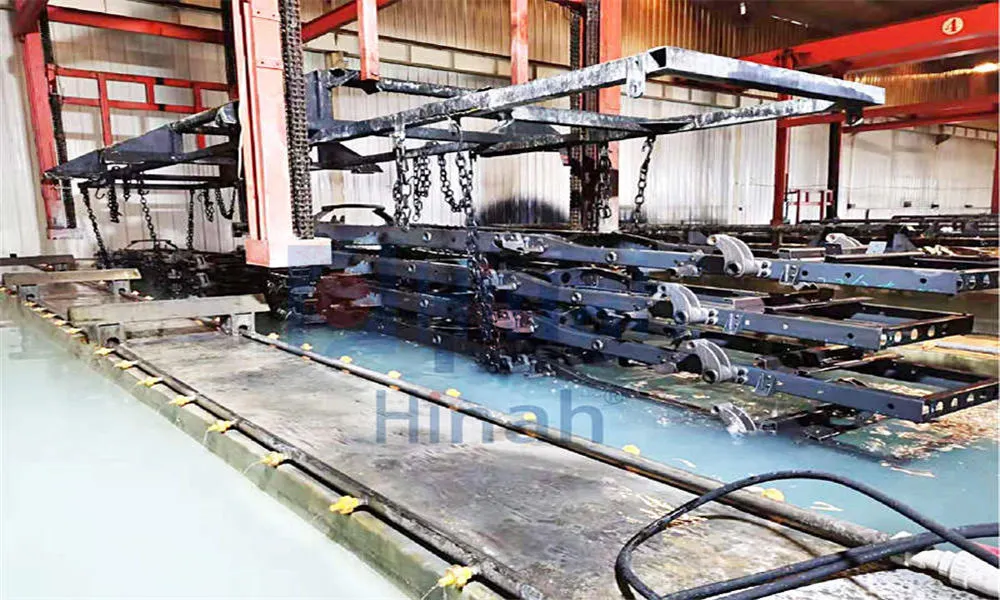
Key Advantages of Operating a Powder Coating Plant
The shift towards powder coating plant technology is driven by a host of compelling advantages over wet paint systems.
Exceptional Durability: Powder-coated finishes are highly resistant to chipping, scratching, fading, and wear, making them ideal for products exposed to harsh environments, from outdoor furniture to agricultural machinery.
Environmental Benefits: Powder coatings contain no solvents and therefore release negligible, if any, Volatile Organic Compounds (VOCs) into the atmosphere. This makes compliance with air quality regulations significantly easier.
Economic Efficiency: The high transfer efficiency and overspray reclamation capabilities mean nearly all the purchased powder ends up on the product, drastically reducing material waste.
Aesthetic Quality and Consistency: The application process allows for a uniform thickness, even on complex shapes with sharp edges, without runs, sags, or drips commonly associated with liquid paint.
Operational Speed: Curing times for powder are generally faster than the drying times required for liquid paints, increasing throughput.
Common Challenges and Questions in Powder Coating Plant Operation
While highly effective, running a powder coating plant comes with its own set of challenges. Being aware of these common issues is key to maintaining quality and efficiency.
Achieving Consistent Film Thickness: Inconsistent thickness can lead to problems like orange peel texture or poor coverage on edges. This is often caused by improper gun settings, incorrect distance from the part, or inadequate grounding. Regular equipment calibration and operator training are essential.
Contamination and Defects: Common visual defects include pinholes, craters, or inclusions (small specks of dirt). These are frequently traced back to an inadequate pre-treatment process, contaminated powder, or a dirty spray environment. Maintaining strict housekeeping protocols in the powder coating plant is non-negotiable.
Poor Adhesion: If the coating can be easily peeled or scratched off, the root cause is usually in the pre-treatment stage. Incomplete cleaning, improper chemical concentration, or insufficient rinsing will prevent the powder from properly bonding to the metal substrate.
Curing Problems: Both under-curing and over-curing are detrimental. Under-curing results in a soft, gummy film that lacks durability, while over-curing can make the coating brittle and cause discoloration. Precise control of oven temperature and conveyor speed is critical.
Managing Color Changes: Changing colors in a powder coating plant requires a thorough cleaning of the booth, guns, hoppers, and feed lines to prevent cross-contamination. Quick-color-change (QCC) systems can minimize downtime, but the process still requires careful management.
Designing an Efficient and Effective Powder Coating System
The design of a powder coating plant is not a one-size-fits-all endeavor. It must be tailored to the specific needs of the products being coated. Key design considerations include:
Part Size and Geometry: The system must accommodate the largest and most complex parts, determining the size of the booths, ovens, and conveyor system.
Production Volume: High-volume operations will benefit from extensive automation, including robotic spray guns and a continuous conveyor, while a job shop might opt for a simpler, manual batch system.
Material Handling: The choice of conveyor (e.g., overhead monorail, power-and-free, floor conveyor) depends on part weight, size, and the desired workflow flexibility.
Energy Efficiency: Modern plants focus on reducing energy consumption, particularly in the curing oven. This can involve better insulation, heat recovery systems, and efficient burner technology.
Is a Powder Coating Plant the Right Investment for Your Business?
Deciding to install a powder coating plant is a significant capital investment. It is the right choice if your business prioritizes long-term value, superior product quality, and environmental responsibility. The high upfront cost is often offset by lower operational costs due to reduced waste, higher efficiency, and minimal costs associated with environmental compliance. For manufacturers dealing with metal products that require a tough, attractive, and long-lasting finish, a well-designed powder coating plant is an undeniable asset that can provide a distinct competitive advantage.
By understanding the components, benefits, and potential pitfalls, you can make an informed decision and implement a system that will deliver exceptional results for years to come. The journey to a superior finish begins with a deep understanding of the powder coating plant and its capabilities.


